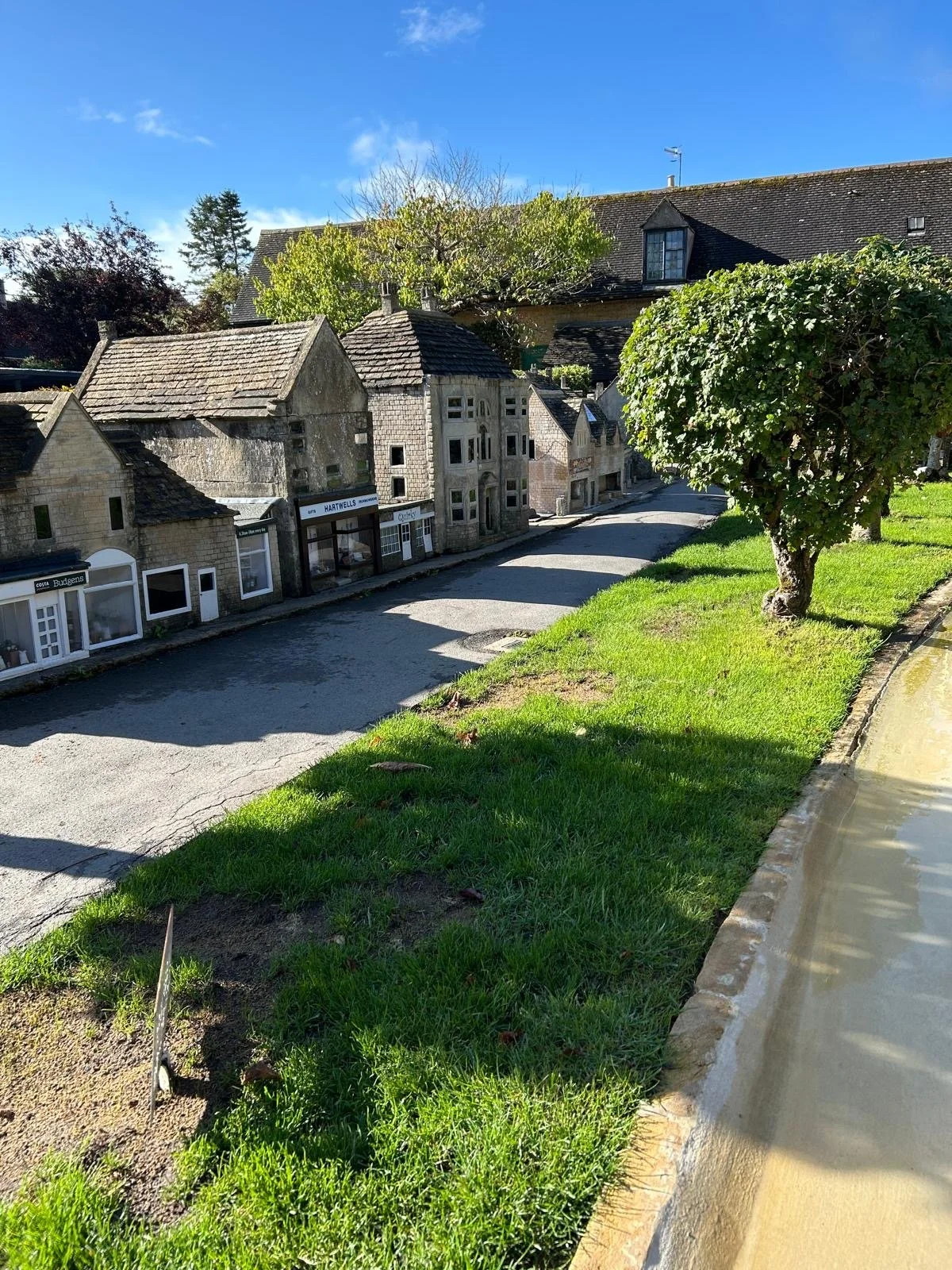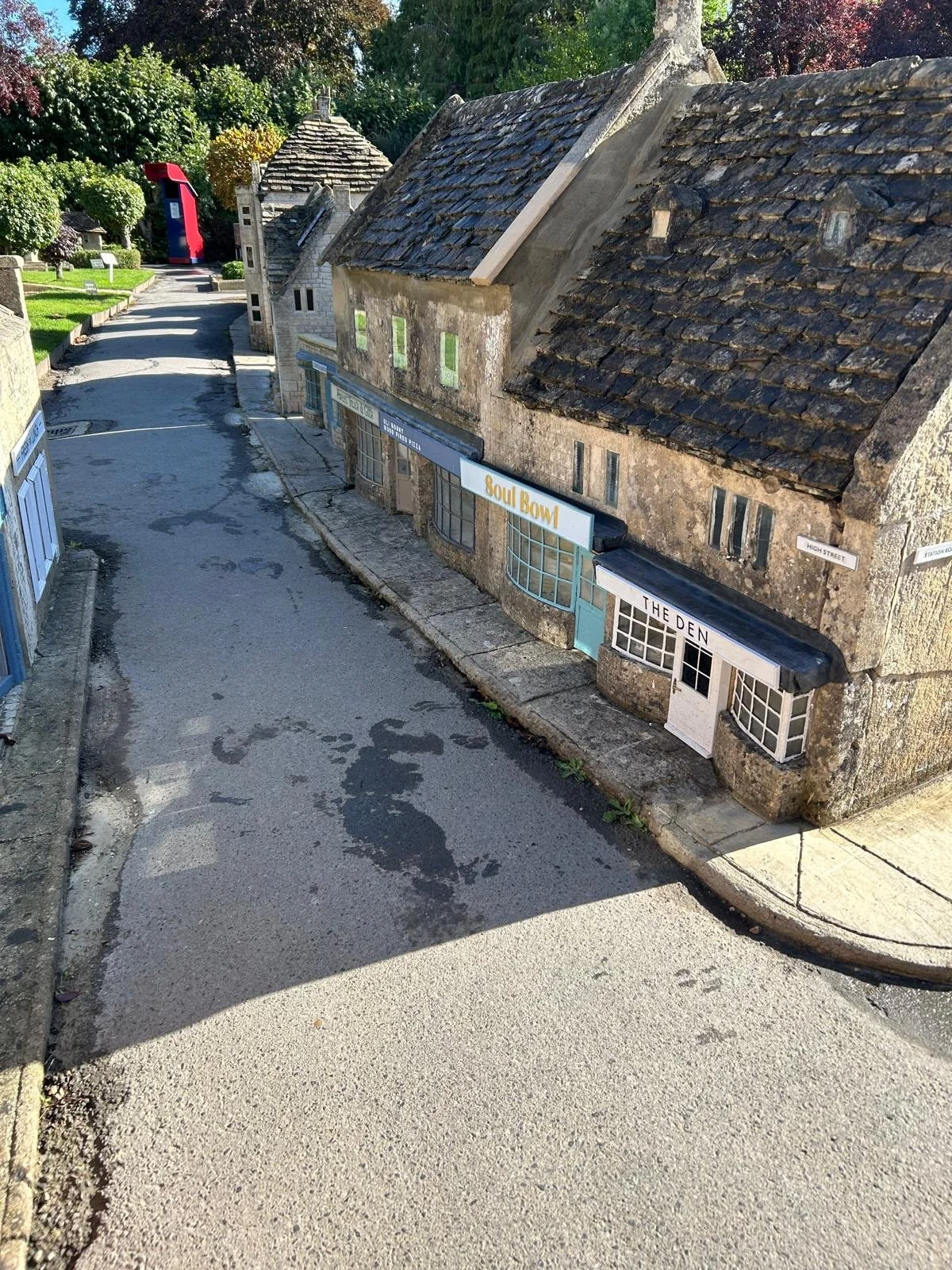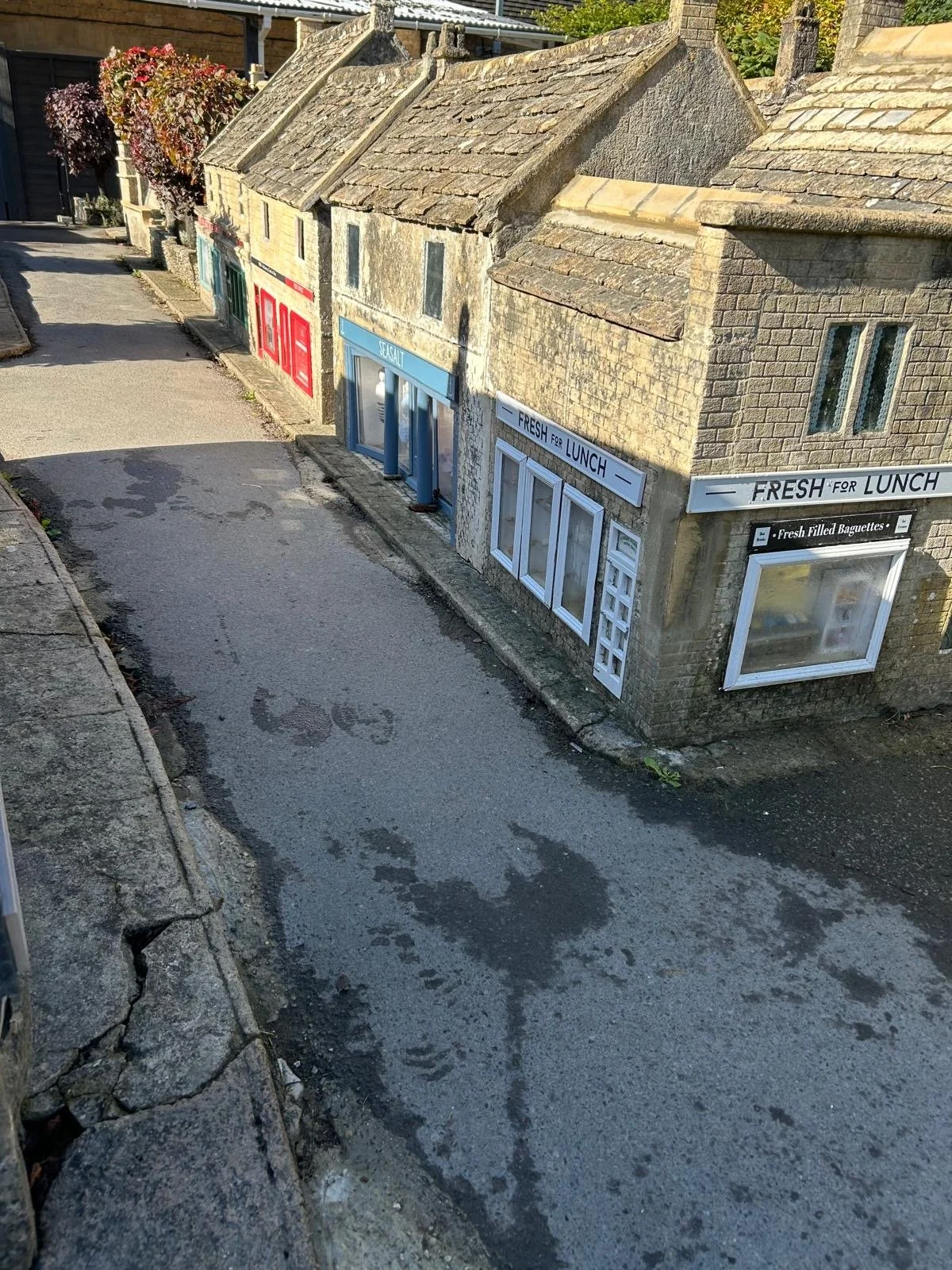Bourton-On-The-Water High Street
Ancient Roots & Early Settlement
Archaeological finds like Neolithic pottery (c. 4000 BC) and Iron Age currency bars show local habitation dating back millennia.
The Romans established a fort and road (Icknield Street) here, underscoring the area's strategic importance, with artifacts like coins and pottery later found nearby
Village Life & Local Highlights
Today, High Street buzzes with independent shops, cafés, and tearooms offering locally made goods and classic cream teas, a cultural hallmark of the Cotswolds .
Beneath modern life lies rich history:
The Victoria Hall built for Queen Victoria's 1897 Jubilee stands as a community cornerstone .
Local economy once included shoemaking and wool trade before tourism took over .
Hawkstone Brewery (formerly Cotswold Brewing Co.), based in the village, reflects its growing artisanal scene .
The surrounding countryside is crisscrossed by scenic walking routes like Windrush Way and Warden's Way, enriching visitor engagement with nature
River, Bridges & Architectural Charm
The village is bisected by the gently flowing River Windrush, channelled centrally by the 16th century to power mills; one remains as today’s Motoring Museum.
A series of five elegant stone bridges—from 1654’s Mill Bridge to the 1953 Coronation Footbridge—grace the river, earning Bourton the nickname “the Venice of the Cotswolds”.
Lined with Cotswold’s golden limestone cottages covered in steep roofs, mullioned windows, dormers, and string courses, many buildings date from the 17th to Elizabethan periods (300–400+ years old).
The architecture reflects Cotswold style, rich in local craftsmanship and timeless aesthetic, extended through Arts & Crafts elements like gables and chimneys
Unique Traditions & Cultural Notes
Bourton hosts a quirky annual football match in the River Windrush, part of the village's playful traditions.
Its charm continues to feature in travel guides, including depiction in James Bond: Die Another Day filming and consistent listing as one of England’s most picturesque villages




